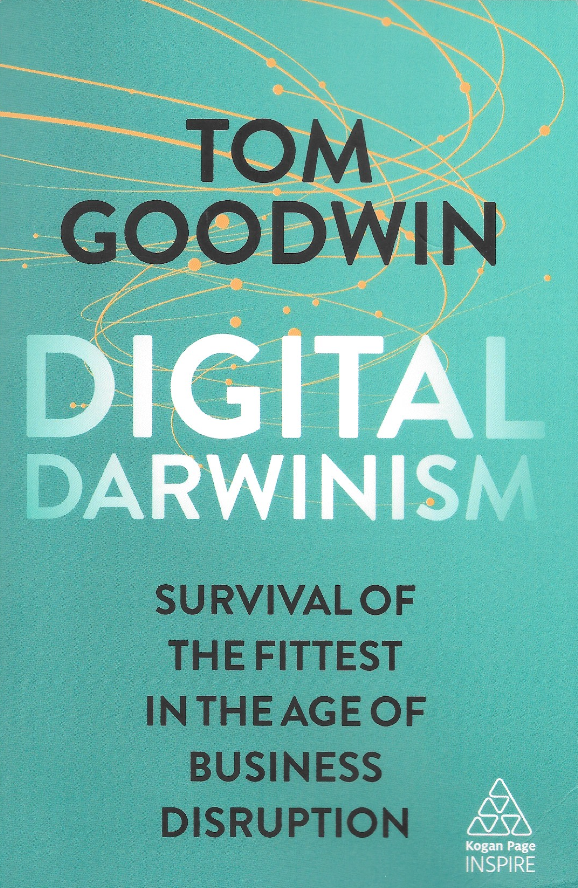The one sentence summary
It’s companies that are newly built for the digital age that can unleash real power.
WHAT THE BOOK SAYS

- This is all about the survival of the fittest in the age of business disruption.
- Digital isn’t a thing, it’s everything. Incremental change in digital transformation isn’t enough. Businesses will be left behind or become extinct if they don’t act now.
- With a growing abundance of decisions to make, data to process and technology that disrupts established business models, companies need the right strategy to transform their activities appropriately.
- The author wants to light a fire under complacency and inspire creative change. Incremental change isn’t good enough and adding technology at the edges just won’t work.
- The book takes us through previous ‘revolutions’, including the electrical revolution that never was. Electricity, computers, and the pre-, mid- and post-digital ages all offer learning to help us understand that only a paradigm shift will do.
- The idea of a paradigm shift was introduced by physicist Thomas Kuhn: sometimes a breakthrough is made that challenges everything we have previously thought. At this point it is clear that everything we thought we knew may not be the case.
- Meanwhile, disruption is an overused word and isn’t enough anyway. The only possible exception is self-disruption, although the author does point out that this is like seeing a therapist when most patients would rather have a boob job.
- Three things have happened to change the business landscape. These are the factors affecting Digital Darwinism – the idea that companies can improve slowly over time, becoming better slowly. But this is no longer enough because:
1. The pace of change has accelerated, globally.
2. The advantages of size have slowly crumbled, so size is now irrelevant.
3. The rise of insurgent companies that ignore all known wisdom.
- We are in the age of innovation as distraction. Change gets merchandised and companies merely create the veneer of newness. It’s not deep or behind the scenes – it’s just tinkering.
- Companies now need digital at the core, making a paradigm leap and starting from scratch if necessary. That means the brief moves from refining designs over time to jumping from an assumed parameter to a new parameter to create a new optimal solution.
WHAT’S GOOD ABOUT IT
- There are many
reasons why fast change is resisted:
- People think they’ve got it when they haven’t
- Economics gets in the way by not being imaginative enough
- Muscle memory is strong so we simply apply the new to the old
- Change needs to be deep and that hurts most established companies
- No foresight on things that have never happened before
- Technology is background not foreground
- A mid-stage often exists, providing the illusion of real change, but really just offering peak complexity where nothing is really joined up.
- To overcome this: wake up, get excited, change; make things simple; build around possibilities, not the past; build data literacy fast.
- Innovation in China is faster and bolder. Chabuduo means “it’ll do” and meibanfa means “it can’t be helped”. So-called perfection may suffer, but rapid progress occurs.
- Expert generalists are what is needed. They can connect the dots between disciplines and create real change.
- We can either embrace the power of the unknown, or pretend to, or hide. Striving to accomplish what is only just about possible is the attitude that will succeed in the age of Digital Darwinism.
WHAT YOU HAVE TO WATCH
- Not much, but be prepared for more of a discussion than a blueprint.
